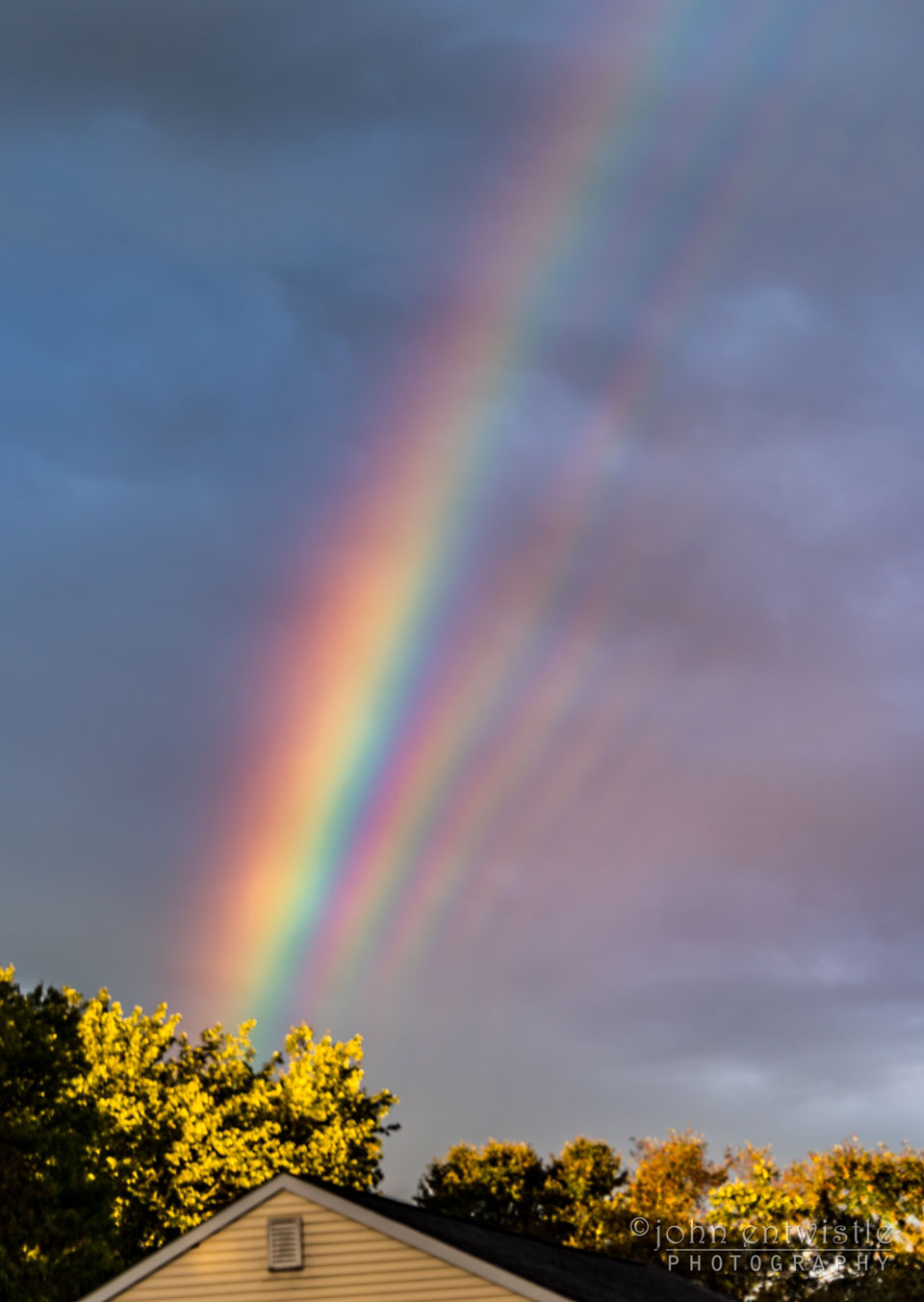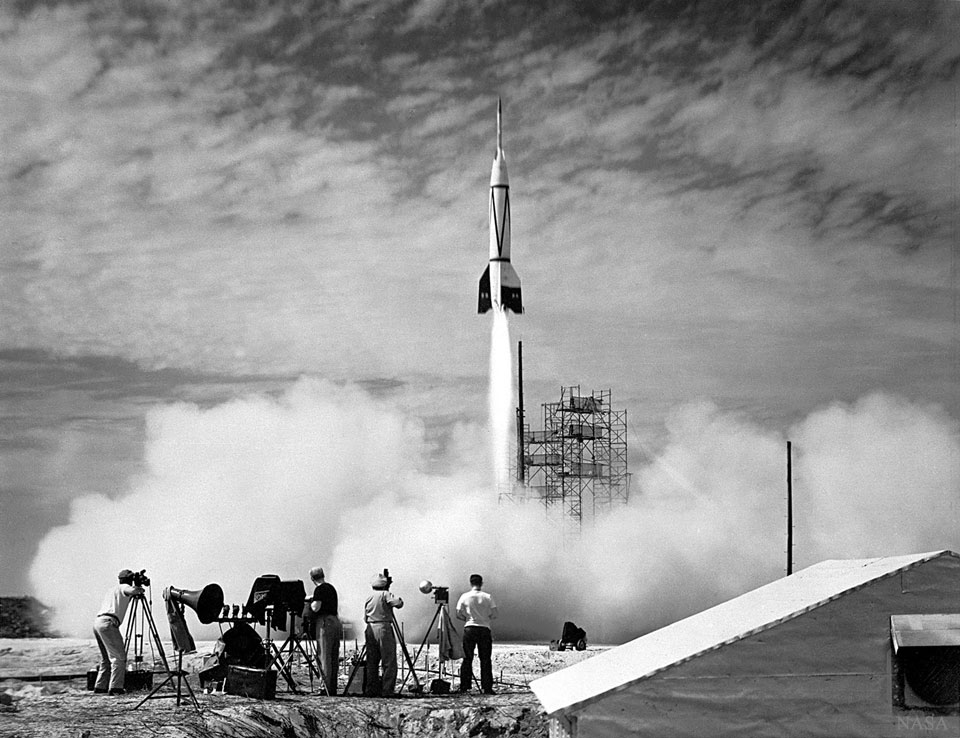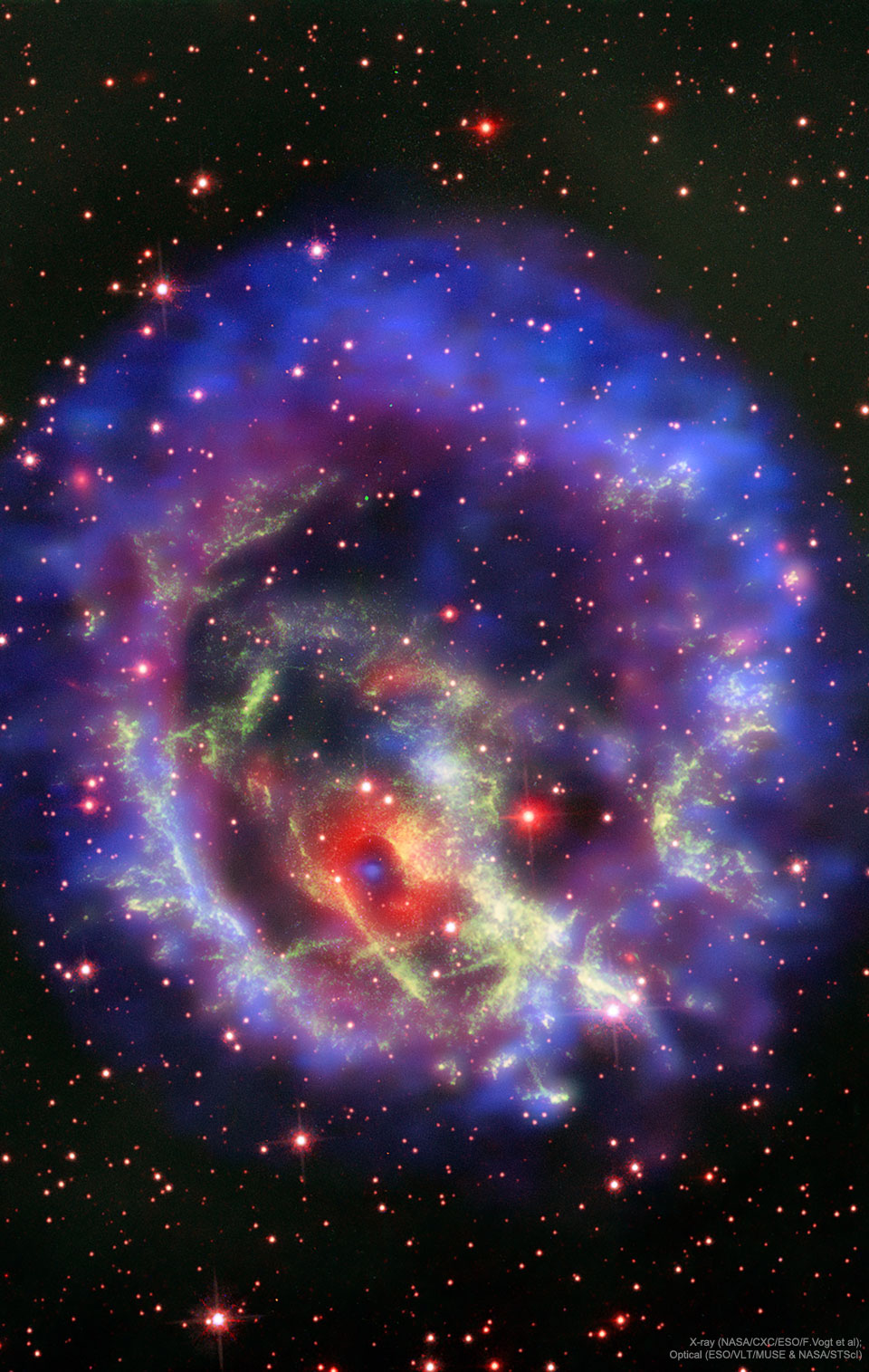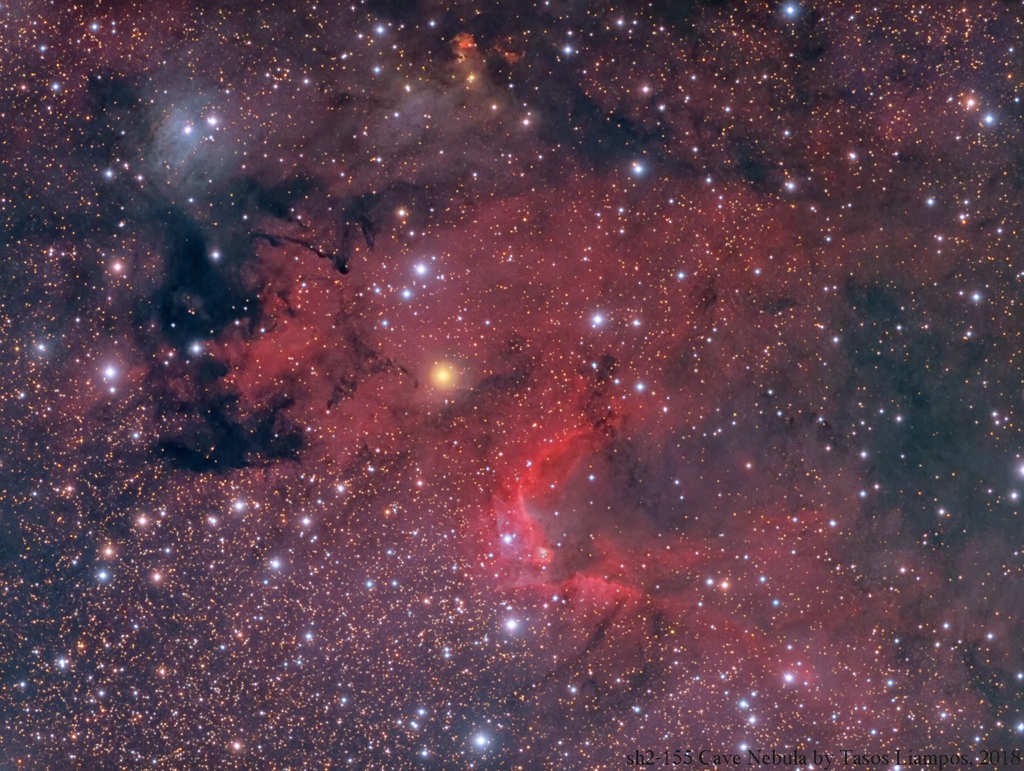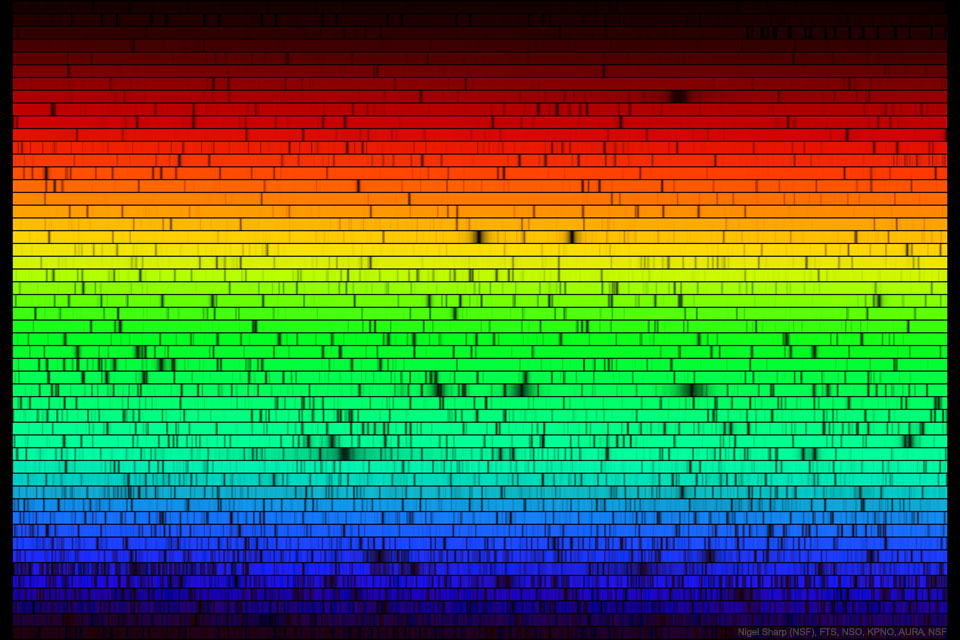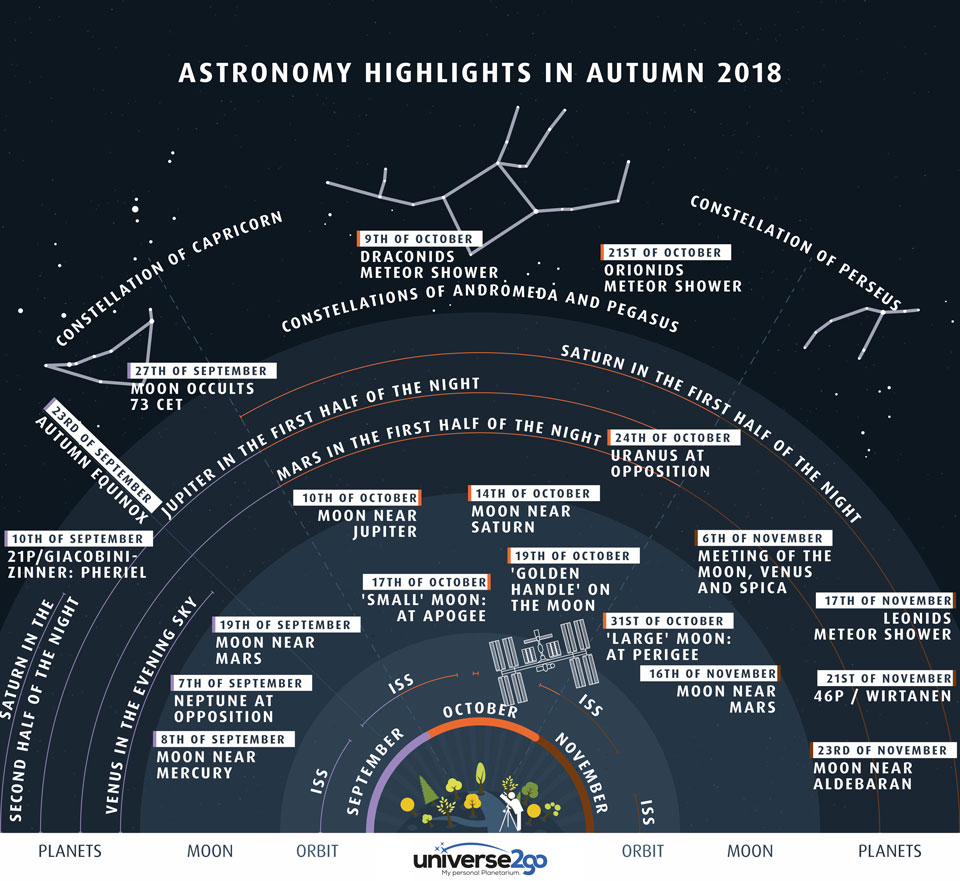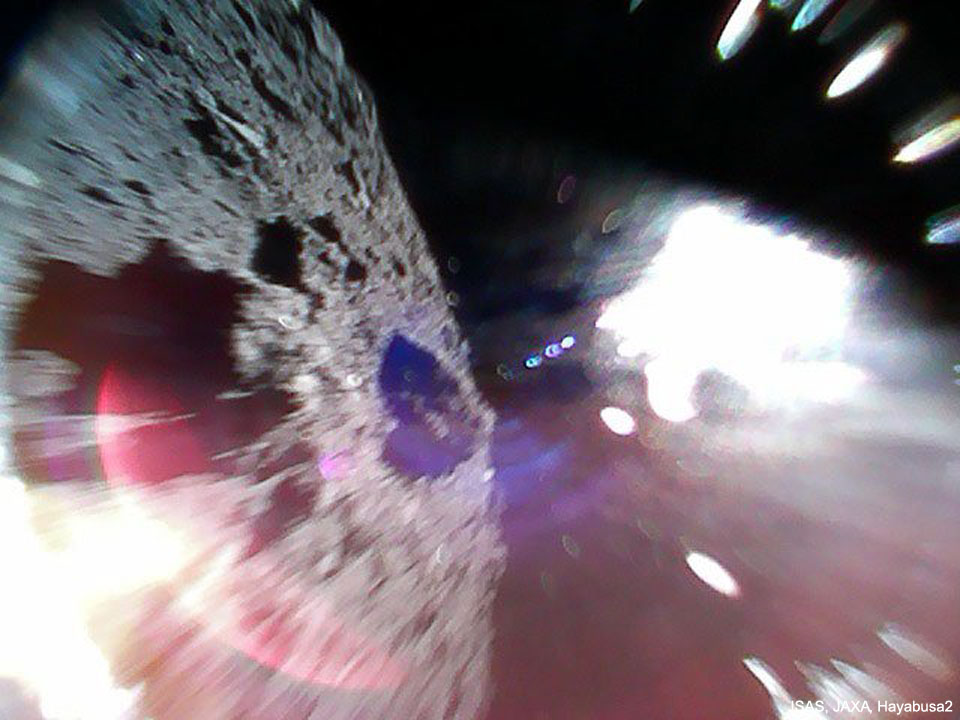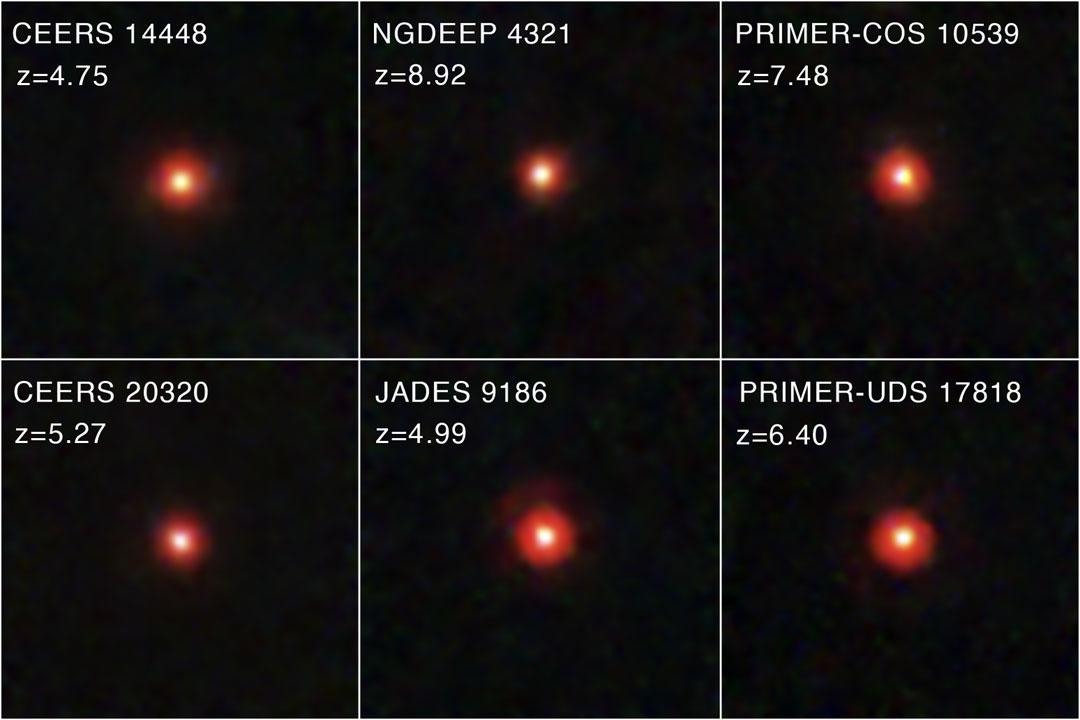
Le Newspace gagne le Portugal. Après l'annonce du Royaume-Uni, en juillet, de l'installation d'une base spatiale dans la région de Sutherland, en Écosse, c'est au tour de Lisbonne d'annoncer sa volonté de créer un “port spatial” sur l'île de Santa Maria, dans l'archipel des Açores. Outre que le site choisi dispose déjà d'installations de suivi des satellites, il possède par ailleurs de grands avantages géographiques : isolé au milieu de l'Atlantique, l'archipel permet de viser tous azimuts sans crainte de retombée sur des zones habitées. Son principal défaut, cependant, est de subir une météo capricieuse, qui pourrait mener à de fréquents reports de lancement. Pour le ministre de la Science et de la Technologie Manuel Heitor, qui s'exprimait ce 2 octobre à Brême (Allemagne) à l'occasion de l'IAC (International Astronautical Congress), il s'agit de se positionner sur le marché très concurrentiel de l'accès à bas coût de l'espace pour les petits lanceurs. Certes, le secteur est encore balbutiant : peu de petits lanceurs sont déjà en service, mais une centaine d'entre eux sont en développement au niveau mondial.
La première phase de ce “programme de lancement international de satellites Atlantic” consiste en un appel à idées pour faire émerger les besoins concrets de lancement des acteurs du monde entier. “Tout le monde est invité à se joindre au projet”, a souligné le ministre portugais. Le gouvernement de Lisbonne envisage d’investir quelque 60 millions d'euros dans des infrastructures portuaires en mer et pour l’espace. L’objectif annoncé est d’inaugurer cette nouvelle base atlantique à l’horizon 2021. Israël, l’Espagne, la Chine — soit des pays qui sont très restreints en terme d’azimuts, la Chine faisant régulièrement retomber des morceaux de fusées sur des zones habitées — pourraient être intéressés par des pas de tirs entourés de mer. “Les Portugais ont une vision à 360°, indique Piero Messina, directeur des vols habités à l’ESA (Agence spatiale européenne). Ils visent le développement de constellations de petits satellites pour des études de surveillance des océans, de pollutions maritimes, etc. L’idée est de développer un centre de recherches maritimes au centre de l’Atlantique.” L’aventure ne fait que commencer, une agence spatiale portugaise étant en cours de constitution…
Sciences et Avenir

